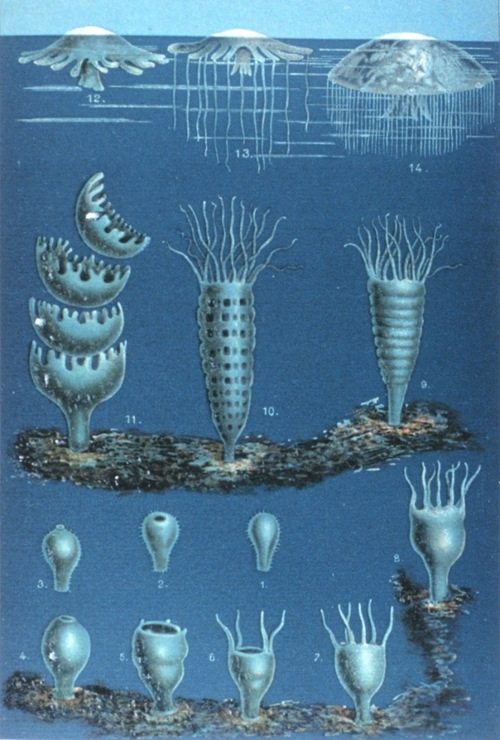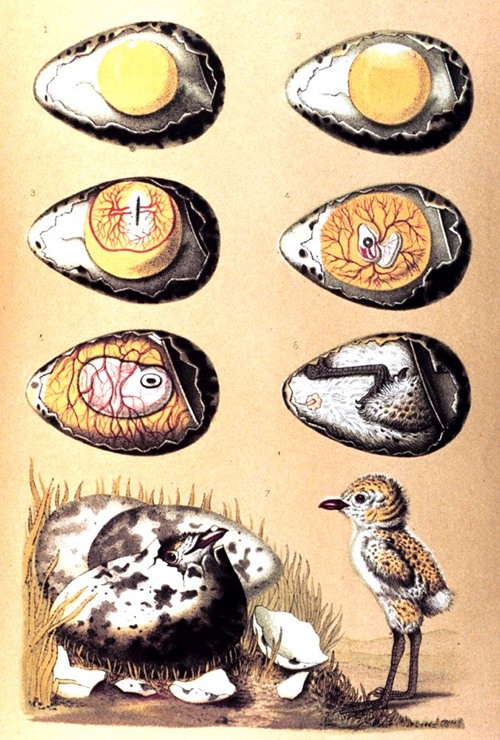I think the blurb gives a pretty good idea of what kind of book this is:
An epic spanning three generations, Leaves of the Banyan Tree tells the story of a family and community in Western Samoa, exploring on a grand scale such universal themes as greed, corruption, colonialism, exploitation, and revenge. Winner of the 1980 New Zealand Wattie Book of the Year Award, it is considered a classic work of Pacific literature.
It is, in other words, a Big Novel about Important Things. And although it occasionally feels a bit self-consciously epic, on the whole I think it pulls it off. It’s the story of Tauilopepe, a matai in the village of Sapepe. I can’t think of an English title which is quite equivalent to matai, but it means he is the official head of an extended family, one of three in Sapepe.
Having been expelled from theological college, Tauilopepe is ambitious, driven at the start of the novel by a resentful sense of underachievement, and convinced of the superiority of modern, European ways of doing things.

So the novel is partly about the decline of the traditional Samoan way of life; the coming of Western agriculture, a wage-based economy, Western buildings, and the loss of influence of the village council, the loss of the old stories. But it’s also a story of greed, power and dysfunctional family relationships that could take place in a shoe factory in Bradford.
On the whole I really liked it: it’s a successful portrayal of a time and place, Tauilopepe and his son Pepe are both great characters, and the whole thing moves along at a sufficient pace to keep me reading — it felt like quite a short 400 pages. If I was going to be super-picky, I’m not completely sure about the ending; without wanting to give away too many details, a new character unexpectedly turns up and throws everything up in the air. I’m not completely convinced by the character, who seemed a bit stagey to me, and that slightly diminished my pleasure in the ending, narratively neat though it is.
Anyway, here’s a little extract:
‘There she is,’ Toasa said, sweeping his walking-stick across the bush. ‘No one has touched her before. Anyway no one who’s alive to tell us, eh? She has remained pure since God created these islands. Line up!’
All the men except Tauilopepe, who remained beside Toasa, formed a line at the foot of the green wall. ‘Remember, no one has touched her before!’ Toasa shouted. The men advanced cautiously. ‘What are you waiting for for, eh? You don’t want to deflower her? You scared of her?’ A few of the men laughed. Tauilopepe advanced to a short tree and chopped it down with one blow of his axe. ‘There, see that?’ called Toasa. ‘It’s easy. She won’t scream and charge you in court with rape! Many of the others followed Tauilopepe’s example. ‘Good! Come on now, raise your baby-sized manhoods and chop, cut burn!’ The line advanced; the axes and bushknives started biting into the flesh of the living wall.
When the first big trees thundered to the ground, tearing and levelling all the small vegetation before them, some of the men cheered. Their axes and bushknives took on greater fury. Soon the snapping chomping sound of iron biting deep shattered the silence and chased the birds like wood chips into teh air and away towards the range. Toasa moved from group to group, encouraging them to hack and chop. ‘Prove your manhood!’ he said.
Leaves of the Banyan Tree is my book from Samoa for the Read The World challenge. If you’re wondering, btw, ‘what kind of Samoan name is Albert Wendt?’, well, I was curious myself; according to Google he had a German great-grandfather. And if you’re wondering about the reference to ‘Western Samoa’ in the blurb above: the Samoan islands are divided between a US dependency called American Samoa and a nation which was called Western Samoa but changed its name to Samoa in 1997. (Western) Samoa was German Samoa until the end of WW1 and then run from New Zealand until independence in 1962.
» the picture, Samoa in the late 1940’s/early 1950’s, was found on Flickr and is © Lorena Haldeman.


